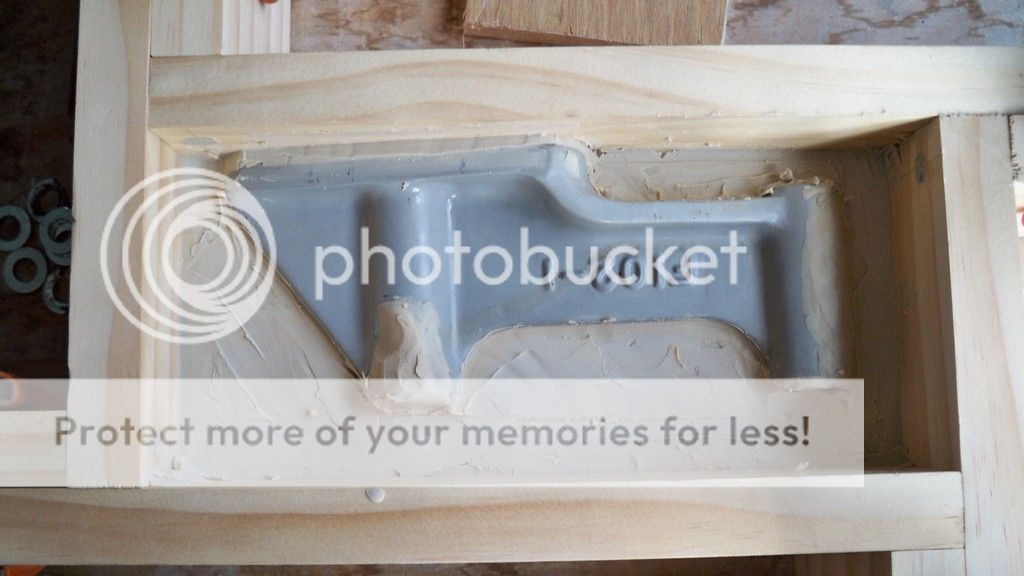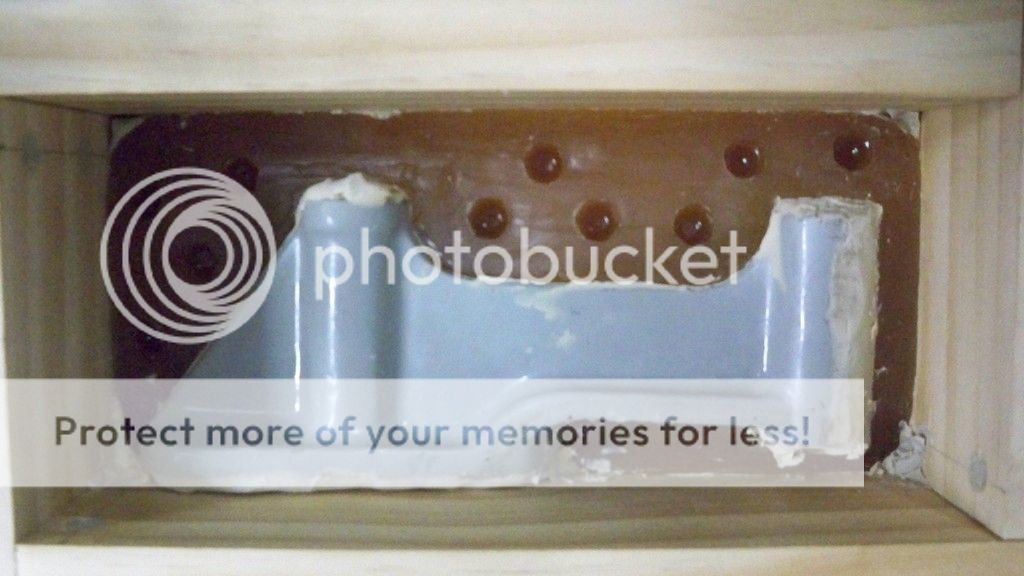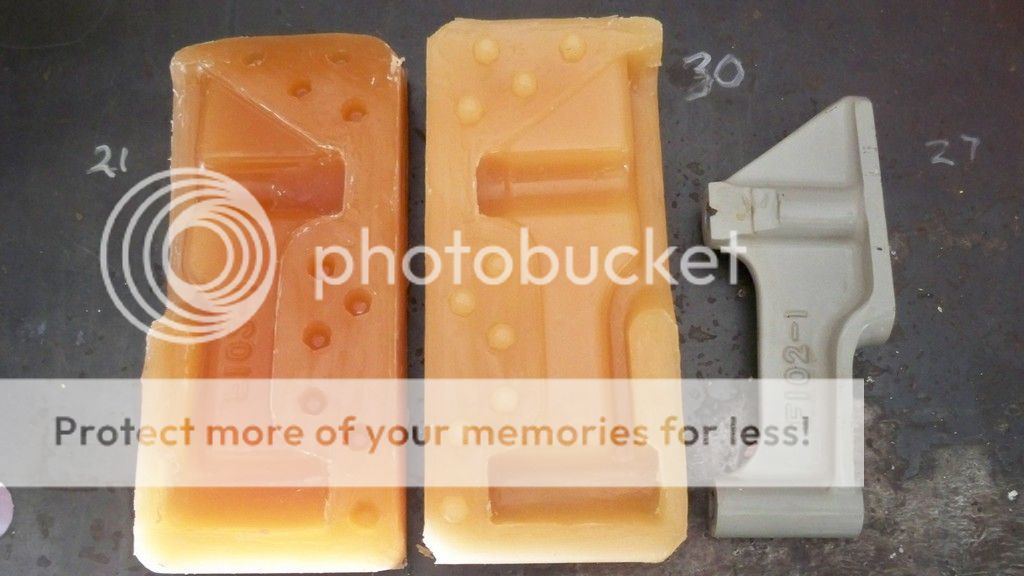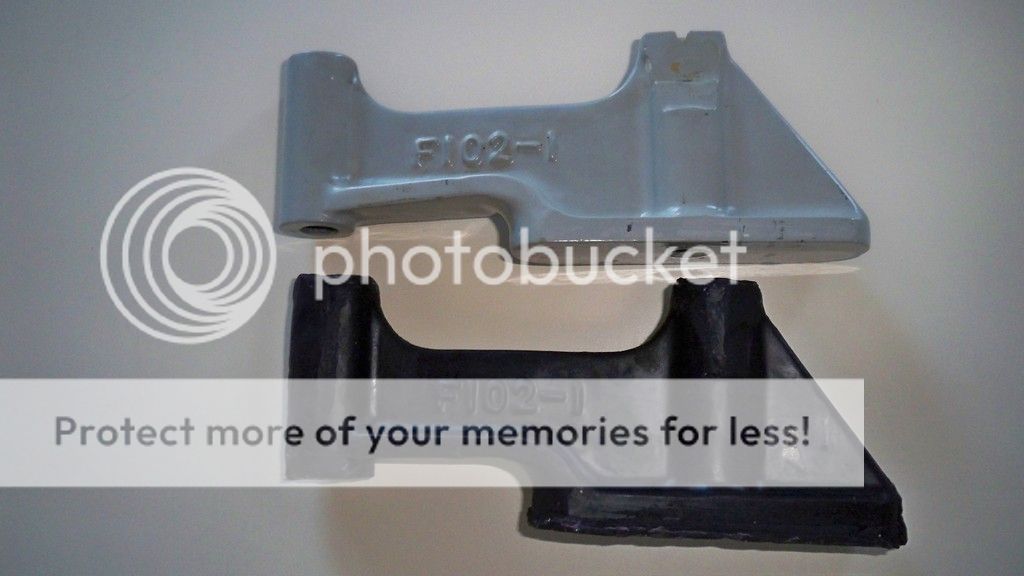This was posted on another forum. The guy is casting his own subframe halves. He says he uses sand from Home Depot (a big DIY store chain) and adds bentonite. I know it has been done for a long time, but I am still shocked how the sand doesn't just collapse out of the top frame. It gives me a flavor of the time required to cast more complicated shapes, such as Vin crankcases.
[video=youtube;0ffn8l7XypU]http://www.youtube.com/watch?feature=player_embedded&v=0ffn8l7XypU[/video]
[video=youtube;0ffn8l7XypU]http://www.youtube.com/watch?feature=player_embedded&v=0ffn8l7XypU[/video]




